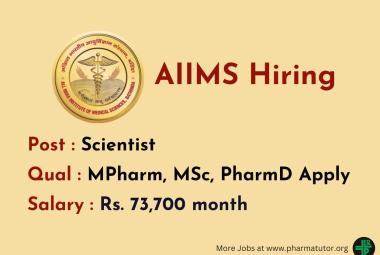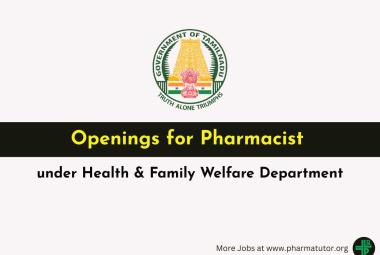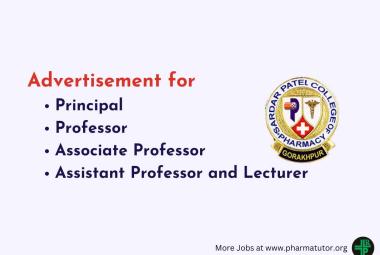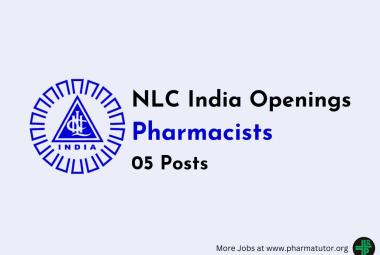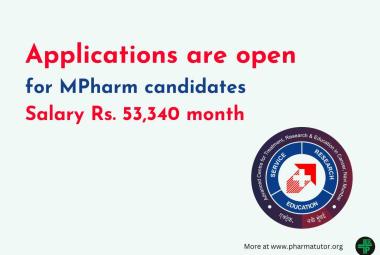About Authors: Seema Meena, Anil Kumar and Shikha Chauhan
a) Amity Institute of Pharmacy, Amity University, Noida,-201301, India.
b) Neuropharmacology division, University Institute of Pharmaceutical Sciences, UGC Centre for Advance Studies, Panjab University, chandigarh-160014, India.
Abstract:
Neuropathic pain represents a real clinical challenge because of its severity, chronic nature, and inadequate drug therapy. Recently, nitric oxide pathway has been proposed in the pathogenesis neuropathic pain like conditions. Curcumin is a well known for its antioxidant and medicinal values. The objective of the present study was to explore possible nitric oxide mechanism in the protective effect of curcumin against sciatic nerve ligation induced behavioral and biochemical alterations in rats.Sciatic nerve ligation was performed in Wistar rats. Various behavioral parameters (thermal hyperalgesia, cold allodynia) followed by assessment of biochemical parameters (lipid peroxidation, reduced glutathione, catalase, and nitrite) both on sciatic nerves and brain. Sciatic nerve ligation significantly caused thermal hyeralgesia, cold allodynia and oxidative damage as compared to sham (Sciatic nerve without ligation) and naïve animals. Chronic administration of curcumin (20 mg/kg, po) significantly reversed behavioral alteration and attenuated oxidative damage in both sciatic nerve and brain as compared to control. Further, L-NAME (5 mg/kg) pretreatment with curcumin (10 mg/kg, po) potentiated protective effect of curcumin as compared to their effect per se. However, L-arginine (100 mg/kg) pretreatment with curcumin (10 mg/kg, po) significantly reversed the protective effects of curcumin. Result of present study suggests that nitric oxide mechanism could be involved in the protective effect of curcumin against sciatic nerve ligation induced behavior and biochemical alterations in rats.




 About Authors:
About Authors:
